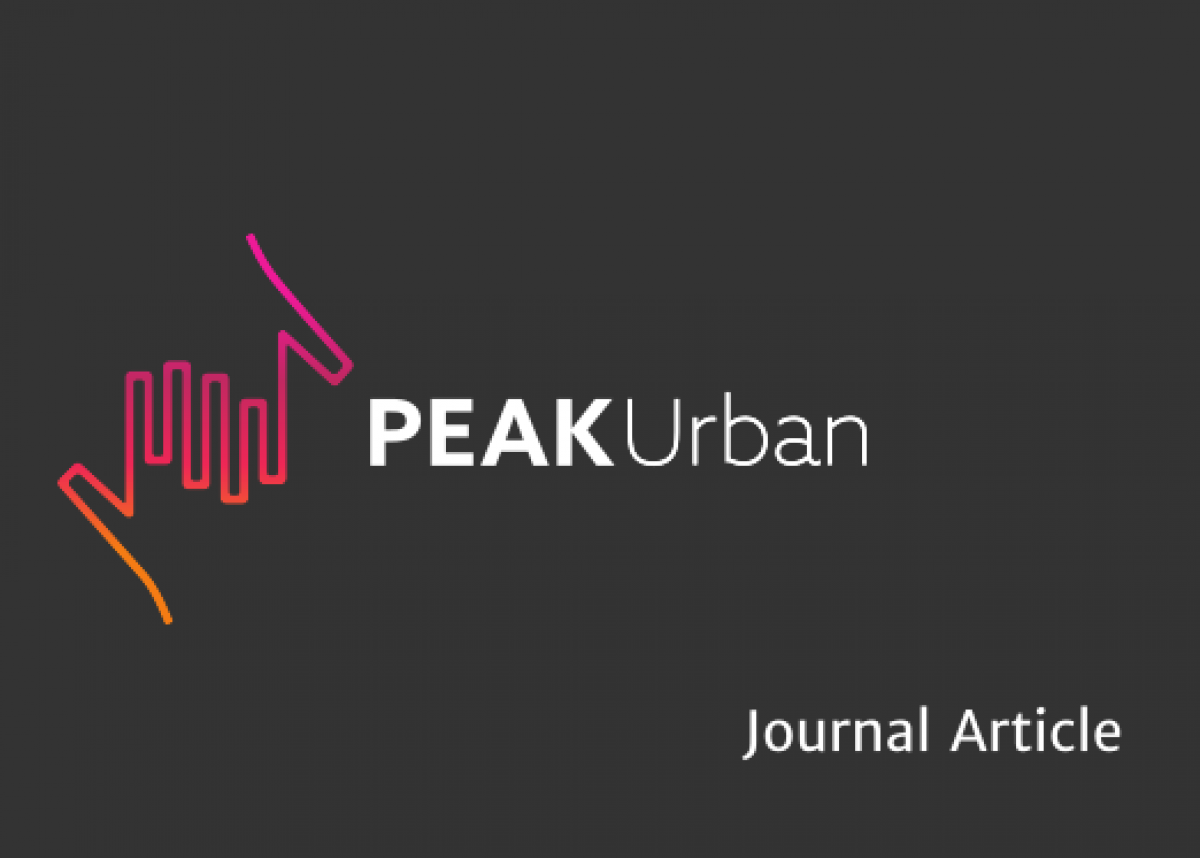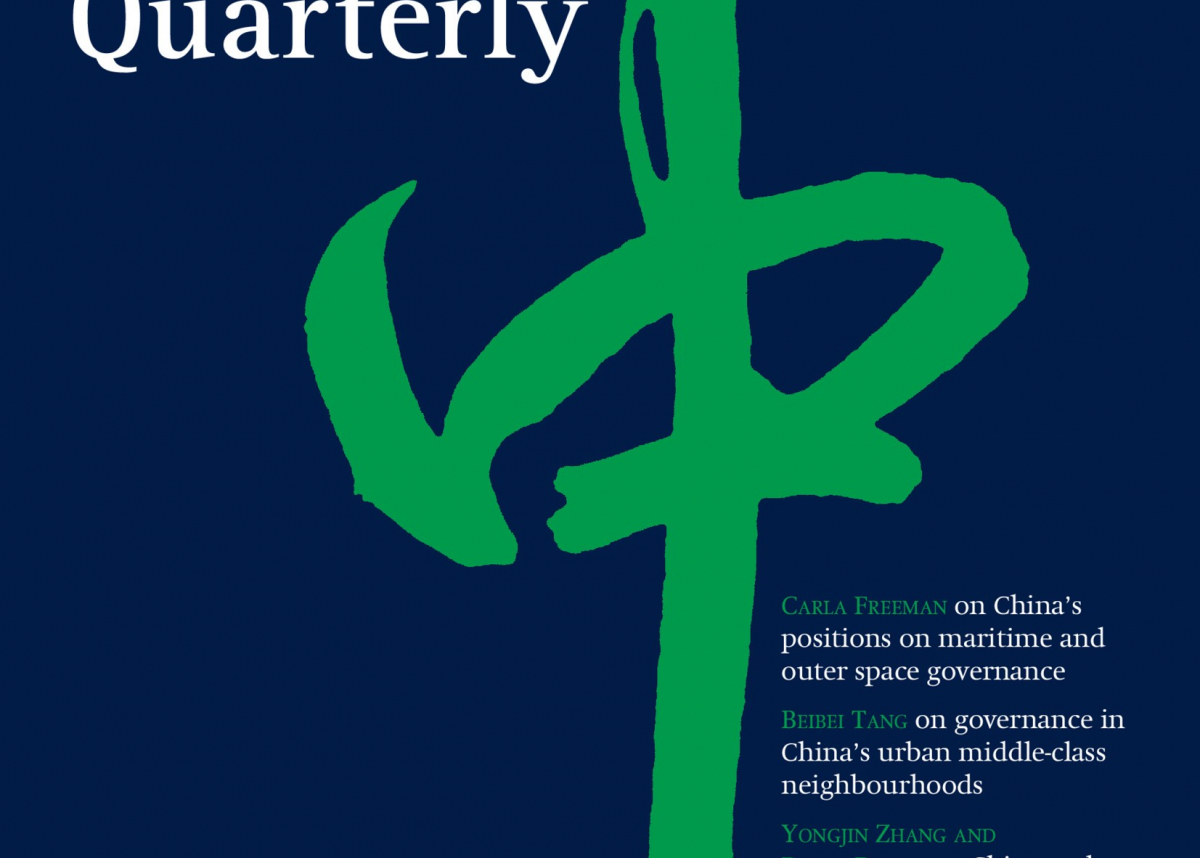
Multi-dimension proximity and urban floating population's place selection; empirical analysis based on the nested Logit model
Based on the 2017 China's floating population dynamic monitoring survey data, the nested Logit model is used to analyze the influence of the multi-dimensional proximity of geography, system, information and knowledge on the selection of urban-urban floating population inflows.
The results show that the urban-urban migrant population tends to flow into cities that are geographically adjacent to their registered permanent residence, have similar systems, close information connections, and match their own knowledge level, which to a certain extent alleviates the population’s tendency to have high wages and have more job opportunities.
There are group differences in the strength of the influence of multi-dimensional proximity, e.g. women's proximity to knowledge centres. The new generation of migrants has a stronger preference for formal systems and cities close to information; groups with high academic qualifications are more able to migrate long distances and across provinces and are affected by Internet information connections between cities.



